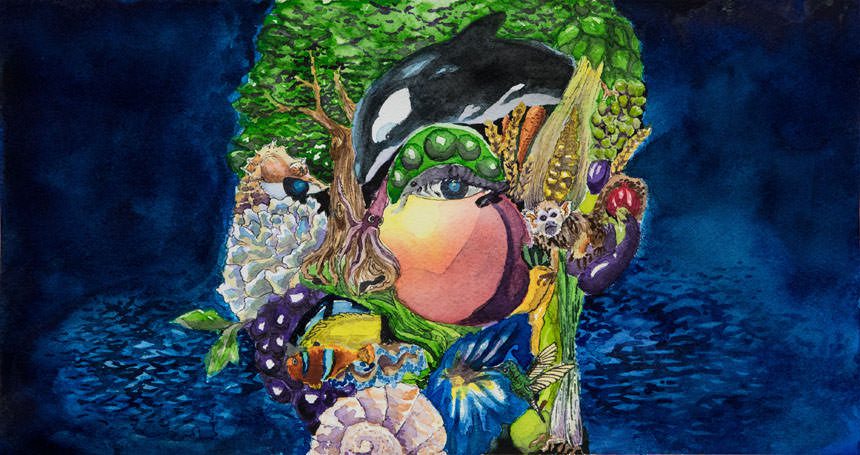“Tens of millions of human deaths, mass extinction, hundreds of trillions in costs.”
The words above, splashed across a massive screen in big red letters in a Princeton classroom this spring, forecast the consequences by 2050 of people continuing to burn fossil fuels and degrade the environment.
“These are eye-popping numbers, world-war levels of trouble,” said Stephen Pacala, the Frederick D. Petrie Professor in Ecology and Evolutionary Biology, as he delivered the last lecture of the semester for Princeton’s new undergraduate environmental studies course “The Environmental Nexus.”
The premise of the “Environmental Nexus,” which debuted this semester, is that the undergraduates of today will be left to deal with the future effects of the global environmental crisis, particularly climate change, the loss of biodiversity, and food and water shortages. These calamities are expected to peak around 2050 when the first-year students of 2017 are around 50 years old.
Marc Fleurbaey, the Robert E. Kuenne Professor in Economics and Humanistic Studies and professor of public affairs and the University Center for Human Values, addresses the political and economic considerations — and challenges — students will contend with.
Melissa Lane, the Class of 1943 Professor of Politics, guides the ethical discussions of when and how to take action to save the planet and future generations.
Rob Nixon, the Thomas A. and Currie C. Barron Family Professor in Humanities and the Environment and professor of English and the Princeton Environmental Institute, examines how the arts humanize the environmental crisis to inspire empathy and action.
Read the full story on the Princeton Environmental Institute website
















